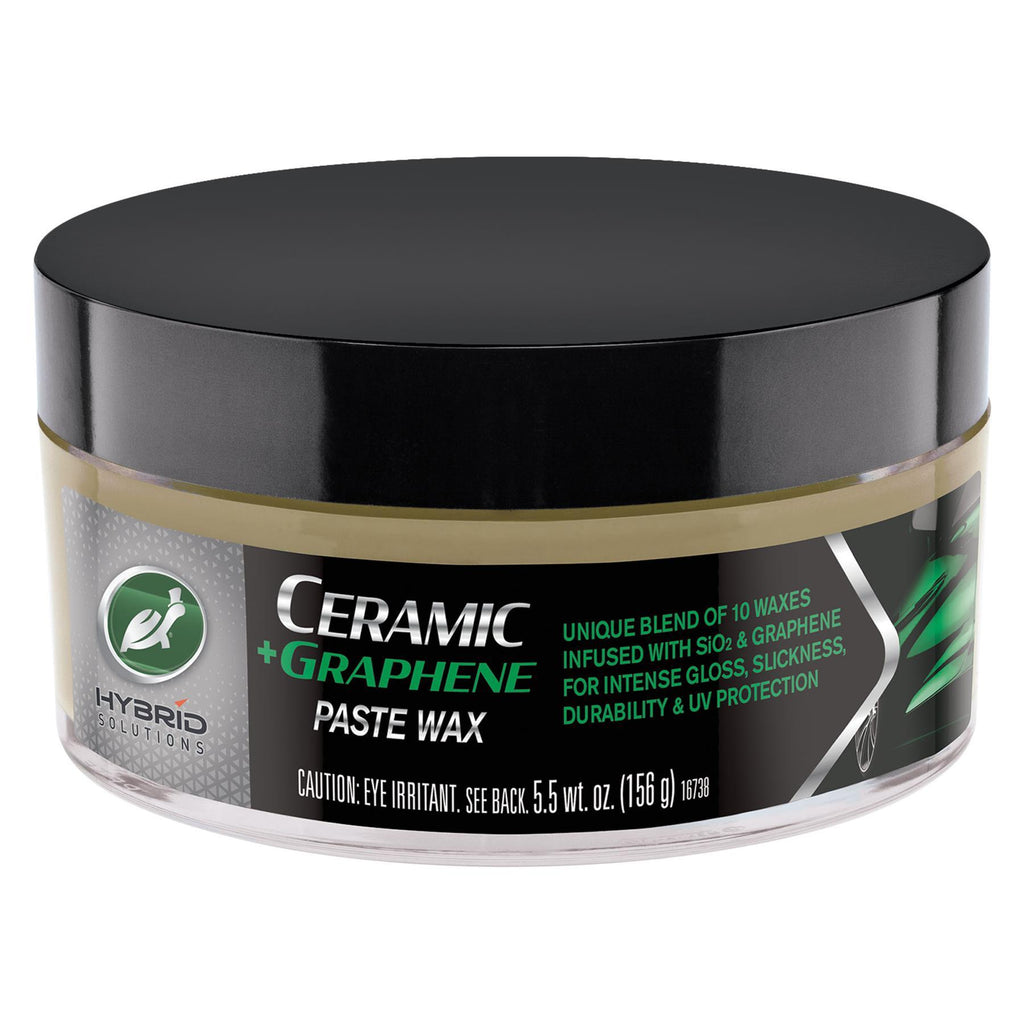I thought I'd try one with all the new waxes that have come out recently.
Decided to go with Turtle Wax Hybrid Solutions Caramic + Graphene Paste Wax. (Gotta love the name)
I used it on my car and was really impressed. Easy on/off and it left a great shine. Water beaded up real nice and has lasted longer than the Carnuba blend I have been using.
So I tried it on my desktop (a cheap IKEA type). It's a working desk so it's well used. Subject to scrapes and food and drink spills.
It's been about two months now and I am very impressed. It has survived all the usual desk abuse including spilled coffee.
So I am retiring my remaining can of JPW and will be using the Turtle Wax from now on.

 www.turtlewax.com
www.turtlewax.com
Decided to go with Turtle Wax Hybrid Solutions Caramic + Graphene Paste Wax. (Gotta love the name)
I used it on my car and was really impressed. Easy on/off and it left a great shine. Water beaded up real nice and has lasted longer than the Carnuba blend I have been using.
So I tried it on my desktop (a cheap IKEA type). It's a working desk so it's well used. Subject to scrapes and food and drink spills.
It's been about two months now and I am very impressed. It has survived all the usual desk abuse including spilled coffee.
So I am retiring my remaining can of JPW and will be using the Turtle Wax from now on.

Ceramic + Graphene Paste Wax
This Graphene & Ceramic Paste Wax incorporates the latest innovations available to enhance all product performance attributes for your car exterior.
